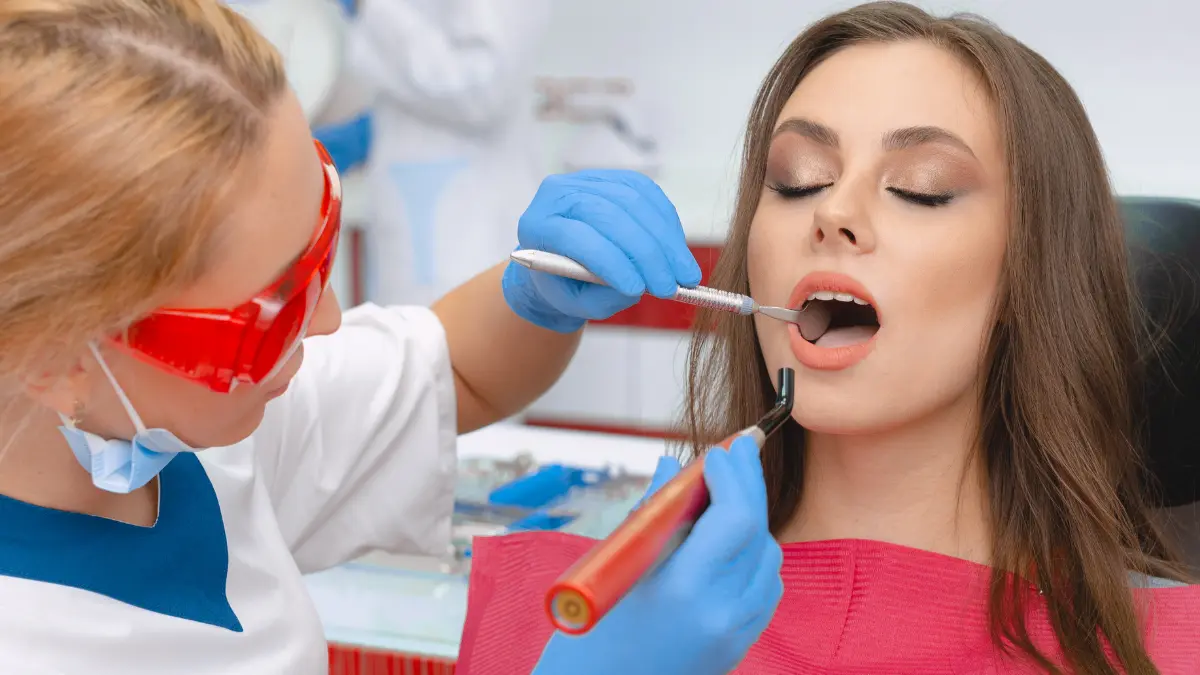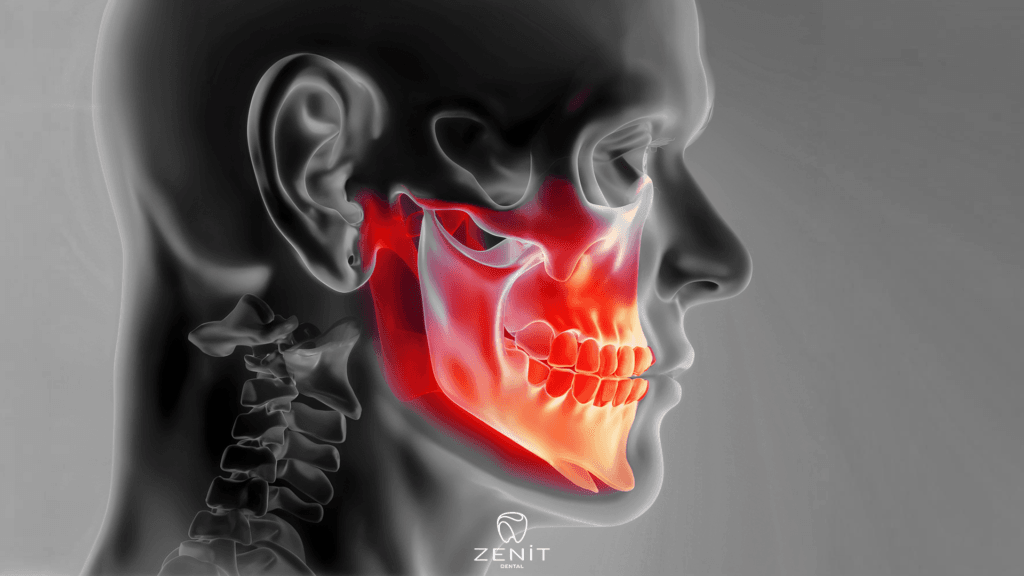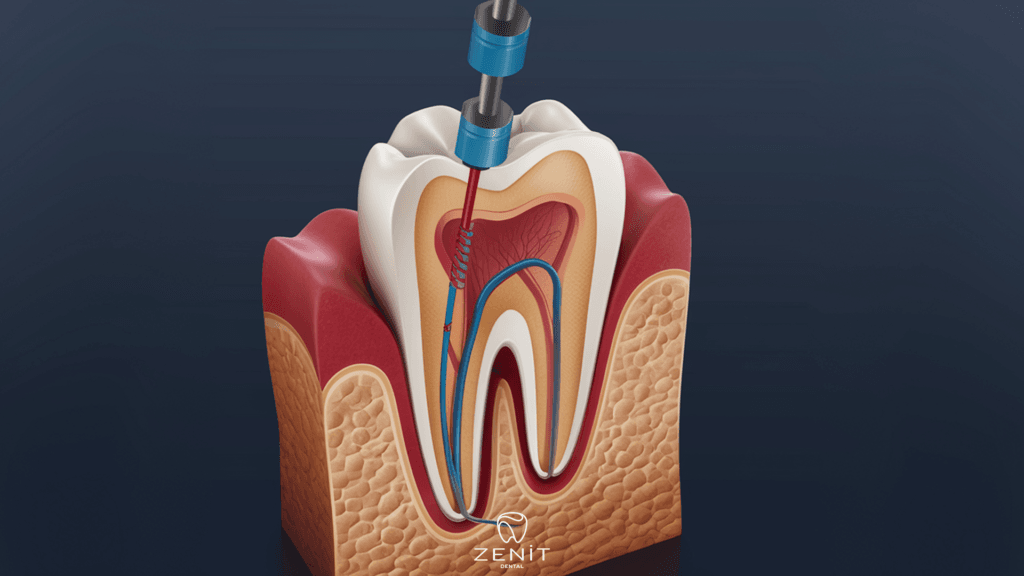Restorative dentistry is a type of dental treatment that focuses on repairing and restoring damaged teeth to their ordinary function, appearance, and shape. This form of dentistry uses various strategies to restore the teeth, such as fillings, crowns, bridges, and implants. In this article, we will discuss the types, benefits, and risks of restorative dentistry.
What İs Restorative Dentistry?
Restorative dentistry is a department of dentistry that aims to restore the function and look of damaged teeth. This treatment is used to repair enamel that have been damaged due to decay, trauma, or other reasons. It includes the use of more than a few dental materials and techniques to restore the tooth to their natural state.
Why Needs Restorative Dentistry?

Restorative dentistry is needed to restore and restore teeth that have been damaged or lost. Teeth can emerge as damaged due to various reasons, such as decay, trauma, or wear and tear. If left untreated, these broken teeth can cause further problems, such as pain, infection, and situation in eating and speaking. The type of dentistry helps to prevent these problems with the aid of restoring the damaged teeth to their normal feature and appearance.
Restorative dentistry is an essential part of modern dental care that can assist restore the health and functionality of your teeth. Many human beings may need the type of dentistry for a variety of reasons, such as decay, trauma, or put on and tear due to aging.
If you’re experiencing tooth pain or sensitivity, it is essential to seek the help of a certified dentist who can evaluate your oral health and recommend a appropriate treatment plan. Restorative dentistry techniques such as fillings, crowns, and bridges can help restore and strengthen damaged teeth, allowing you to eat, speak, and smile with confidence.
Dental decay is a frequent problem that can affect people of all ages, and if left untreated, it can lead to extreme toothache and even tooth loss. With restorative dentistry, your dentist can remove the decayed portion of your teeth and replace it with a durable filling that matches the herbal color of your teeth. This can help prevent similarly decay and restore your tooth’s strength and functionality.
The Types Of Dental Restoration

There are various types of dental restoration techniques used in the type of dentistry. The most common sorts are:
- Fillings: Fillings are used to repair small cavities in the teeth. They are made of various materials, such as amalgam, composite resin, and porcelain.
- Crowns: Crowns are used to repair massive cavities, cracked or broken teeth. They are custom-made to fit over the broken tooth and restore its function and appearance.
- Bridges: Bridges are used to exchange missing teeth. They consist of two crowns that are attached to the teeth on both side of the gap, with a false tooth in between.
- Implants: Implants are used to replace lacking teeth. They are artificial tooth roots that are surgically implanted into the jawbone and support a substitute tooth or bridge.
The Benefits And Risks Of Restoration Dentistry
Restorative dentistry has numerous benefits, such as:
- Improved appearance: The dentistry can help to restore the natural look of the teeth, improving the patient’s smile and overall appearance.
- Improved function: The type of dentistry can restore the characteristic of damaged teeth, allowing the patient to devour and speak properly.
- Prevent further damage: Restorative dentistry can prevent similarly damage to the teeth, reducing the risk of infection, decay, and different problems.
However, there are also some risks associated with restorative dentistry, such as:
- Sensitivity: The dentistry can motive tooth sensitivity, especially in the case of fillings and crowns.
- Discomfort: Restorative dentistry can cause discomfort, mainly in the case of bridges and implants.
- Cost: Restorative dentistry can be expensive, especially in the case of implants and crowns.
It is important to discuss the advantages and risks of restorative dentistry with your dentist before undergoing any treatment.
Restorative Dentistry İn Turkey: Procedure And Cost

Turkey has emerge as a popular destination for restorative dentistry due to its affordable expenses and high-quality dental care. The procedure and cost of the type of dentistry in Turkey may additionally vary depending on the type of remedy and the dental clinic.
The procedure of restorative dentistry in Turkey involves a consultation with a dentist, who will check the patient’s dental health and recommend the appropriate treatment. The cure may involve one or more of the following techniques: fillings, crowns, bridges, or implants. The dentist will use neighborhood anesthesia to numb the area being treated and ensure the patient’s remedy during the procedure.
The cost of the dentistry in Turkey can vary relying on the type of treatment, the dental clinic, and the location. However, in general, the cost of restorative dentistry in Turkey is significantly decrease than in other countries, such as the United States and the United Kingdom.
In addition to the low priced prices, the dentistry in Turkey also offers high-quality dental care. Many dental clinics in Turkey are outfitted with modern technology and employ skilled dentists who are trained in the latest dental techniques.
Overall, restorative dentistry in Turkey is an excellent alternative for those seeking affordable and awesome dental care. However, it is important to do research and choose a official dental clinic to ensure the best feasible outcome.
Conclusion
The type of dentistry is an important branch of dentistry that helps to restore broken teeth to their natural function and appearance. There are countless types of dental restoration techniques used in restorative dentistry, including fillings, crowns, bridges, and implants.
The dentistry has a number of benefits, such as improved appearance, improved function, and the prevention of further damage. However, there are additionally some risks associated with restorative dentistry, such as sensitivity, discomfort, and cost.
Turkey has become a famous destination for the dentistry due to its affordable prices and exquisite dental care. The procedure and cost of dentistry in Turkey may differ depending on the type of treatment and the dental clinic. However, in general, restorative dentistry in Turkey is an exceptional option for those seeking cheap and high-quality dental care.






